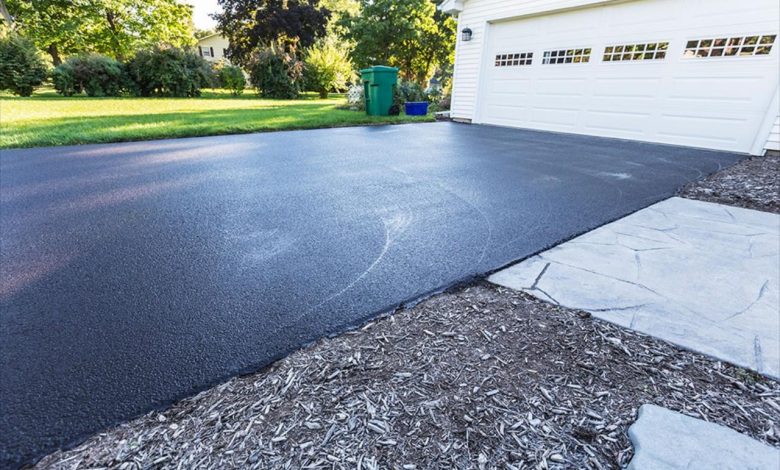Choosing the right roof coating is a critical decision for extending the life and performance of your roofing system. Whether you’re protecting a commercial building or enhancing a residential structure, the coating you select must withstand environmental stress, reduce energy costs, and provide long-term value. One option that has gained traction for its durability and weather resistance is rubber roof coatings. Understanding what to look for in a roof coating ensures you make an informed decision that prevents future repair costs and optimizes performance.
1. Material Compatibility with the Existing Roof
Not all coatings adhere well to every roof type. Before selecting a product, assess the compatibility of the coating with your existing roof substrate. For instance, metal, asphalt, single-ply membranes, and concrete may each require a specific formulation to ensure proper adhesion and long-term performance. Rubber-based coatings, for example, offer excellent flexibility and adhesion across many surfaces, making them a versatile option for both flat and slightly pitched roofs.
2. Weather and UV Resistance
Roof coatings are your first line of defense against harsh weather and UV radiation. A high-quality coating should withstand temperature fluctuations, resist cracking from sun exposure, and repel rain and snow without deteriorating. Rubber roof coatings are known for their elasticity and ability to expand and contract with temperature shifts. This feature helps preserve the integrity of the roof while preventing common issues such as blistering, peeling, and UV-related degradation.
3. Waterproofing Performance
Water infiltration is one of the most damaging threats to a roof. A good roof coating should form a continuous, seamless barrier that prevents leaks and moisture buildup. Elastomeric and rubberized coatings are particularly effective in this area due to their flexible, watertight membranes. These coatings bridge minor cracks and seams, providing robust protection in areas prone to pooling water or heavy rainfall.
4. Energy Efficiency and Reflectivity
Reflective roof coatings help lower energy consumption by minimizing heat absorption. A roof that reflects sunlight rather than absorbing it can significantly reduce cooling costs in warmer climates. White or light-colored rubber coatings often provide excellent solar reflectivity. By reflecting UV rays and reducing roof surface temperatures, these coatings help maintain indoor comfort and reduce the burden on HVAC systems.
5. Application Process and Longevity
Consider how the coating is applied—some require spray systems, while others can be rolled or brushed on. The complexity of the application may influence project timelines, labor costs, and overall effectiveness. Additionally, durability matters. Quality coatings should provide at least 10 years of protection with minimal maintenance. While upfront costs vary, the long-term savings from reduced repairs and extended roof life justify the investment in premium products.
Conclusion
Selecting the right roof coating is not a one-size-fits-all decision. From material compatibility to energy efficiency, each factor plays a crucial role in determining performance and value. Among the options available, rubber roof coatings stand out for their flexibility, waterproofing, and weather resistance, making them a smart choice for building owners looking for long-term roofing solutions. When chosen and applied correctly, the right coating not only extends the roof’s lifespan but also improves building efficiency and reduces ongoing maintenance concerns.










